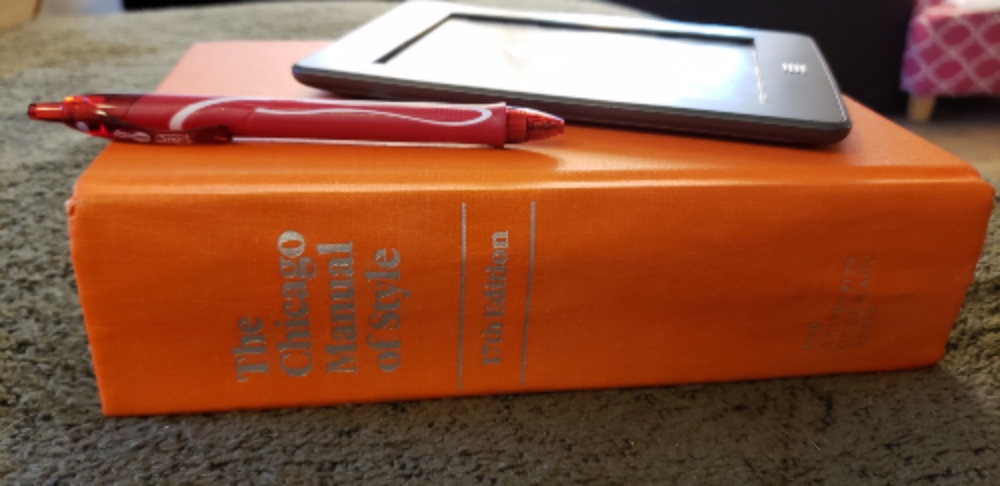There are many moments to stop and appreciate in the editing process: cracking open a Google Doc; diving into a brand-new word document; lining up fancy red-ink pens and curling up on the couch with The Chicago Manual of Style. Or maybe you prefer the middle of the editing process, when you’re halfway through the manuscript and you can finally start seeing the light at the end of the tunnel. Or perhaps you crave the every end, when you’ve completed an editorial note that leaves you and your author emotional and weak in the knees.
Yes, there are so many moments to take in during the editing process, but perhaps one of the most basic considerations is how it all happens. There are certain things that have to happen, but they might not always happen in the right order or in the same way for everyone. If they happen and they happen well, is the how really that important? Maybe. Maybe not.
There are different schools of thought—at times, it seems like working in the book-publishing industry consists entirely of navigating different schools of thought. There are some folks who take at least one or two passes over a manuscript before even starting the developmental edit. There are some who read the manuscript once, take notes, and then reread sections as the edit unfolds. There are some managing editors who edit alongside their team, while others wait until the teamwork is completed and edit the manuscript as they compile. There is a lot of variation in personal preference and style, and there is likely some amount of superstition involved too: wearing red socks during the editing process; starting immediately on a fresh new manuscript while the editing fever is hot and heavy; working on only one edit at a time; bouncing between multiple edits for short time periods.
There is no right or wrong way to approach editing a manuscript if the edit itself is done well. There are people who swear by certain techniques, but those techniques are not always going to work for every person. Nor should they. And let’s face it: some of them are just plain weird and would only work for a specific individual anyway.
One of the steepest learning curves for editors who’ve just started out in the publishing world is learning how they approach editing—what works best for them. And the only way to discover this about yourself is to edit. It’s to dive in with both feet (and, of course, some education and guidance) and see where the editing stream takes you.
Your approach to an edit is going to be different and look different from the approaches of the editors around you, but there is one essential element that remains the same: you should always be willing to point out the error, suggest ways to fix it, and accept when you need to step back. There are so many things you can do in an edit. But just because you can make a certain edit doesn’t always mean you should.
In that way, editing is less an exercise in practice and more an exercise in philosophy. And along with the practical decisions (e.g., reading a manuscript twice, reading once while taking copious notes, editing a paper copy with a pen and transferring your edits to a digital format later, reading on a Kindle, etc.), one of the most important elements to consider is your approach as an editor—what you will do, and why you will do it. What is your editing goal?
Knowing yourself as an editor, as a reader, and as a writer is going to shape how you approach a manuscript. That kind of knowledge can’t be taught in a classroom or at a job. It’s deeply personal and something only you can figure out. Good luck out there.

